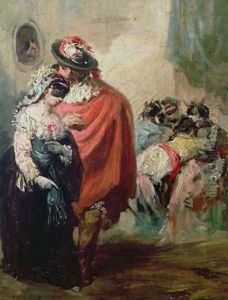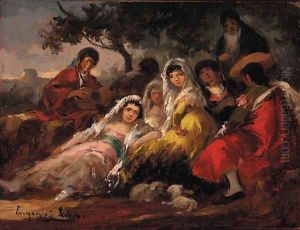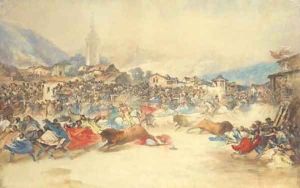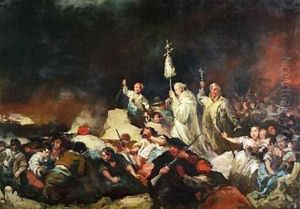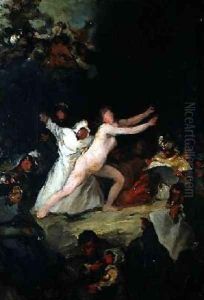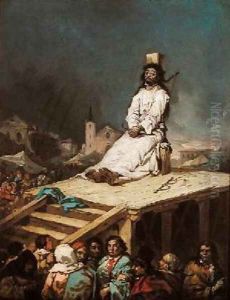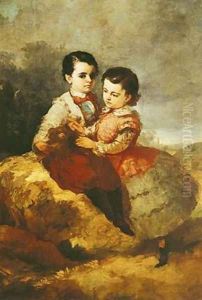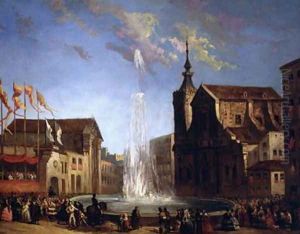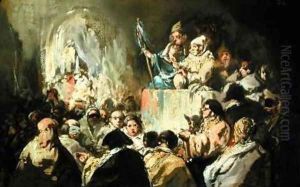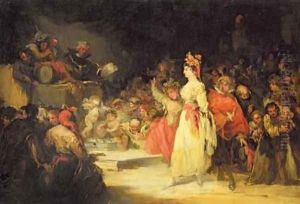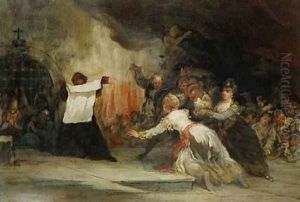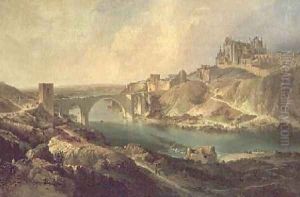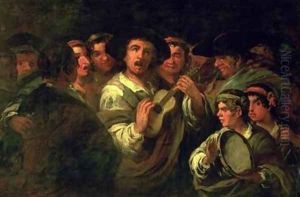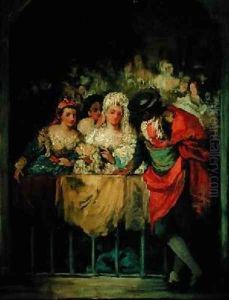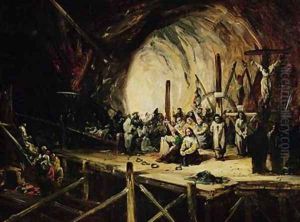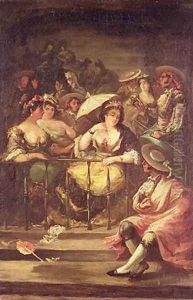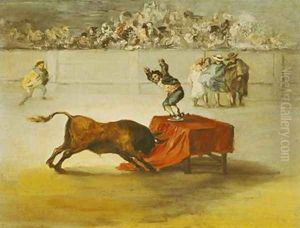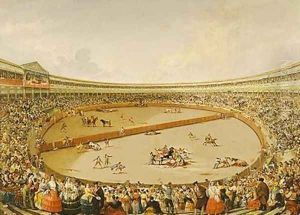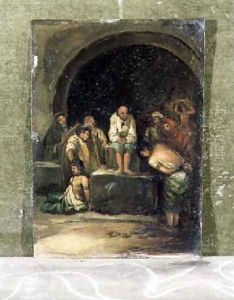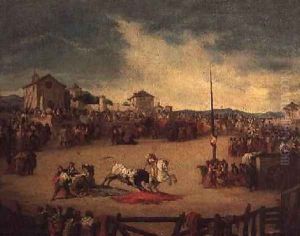Eugenio Lucas y Padilla Paintings
Eugenio Lucas y Padilla was a Spanish painter born in Madrid on February 9, 1817. Lucas y Padilla is often associated with the Romantic movement and is considered one of the followers of the great Spanish Romantic painter Francisco de Goya. His style, however, was unique and personal, characterized by a dynamic brushwork and a vivid use of color.
Lucas y Padilla's early life and training are not well-documented, but it is known that he did not receive a formal education in the arts from the Royal Academy of Fine Arts of San Fernando, unlike many of his peers. Instead, he developed his skills through copying works of old masters, especially those of Goya, whose influence is markedly visible in his paintings.
Throughout his career, Lucas y Padilla produced a diverse body of work, including portraits, landscapes, genre scenes, and historical paintings. His ability to capture expressions and movement made his works particularly compelling. He was also known for his bullfighting scenes, which are among his most celebrated works, capturing the drama and intensity of the event.
Despite his talents, Eugenio Lucas y Padilla did not achieve significant fame during his lifetime, but his works were appreciated by a small group of art collectors and connoisseurs. It was only after his death in Madrid on September 11, 1870, that his contributions to Spanish art began to be recognized more broadly.
Today, Eugenio Lucas y Padilla's paintings are held in various Spanish museums, including the Prado Museum in Madrid, where they are acknowledged for their vibrant and expressive qualities that reflect the tumultuous spirit of 19th-century Spanish Romanticism.
